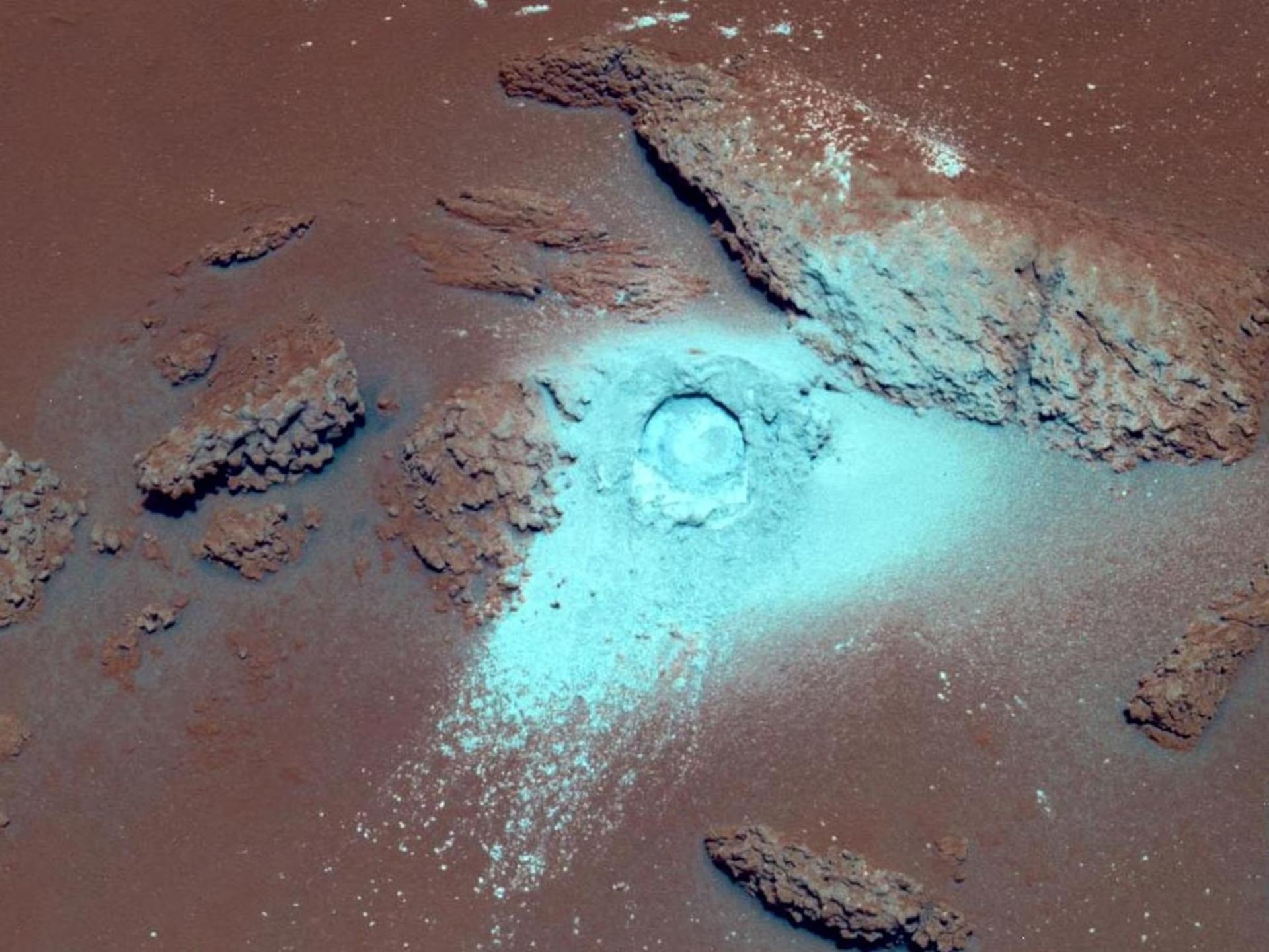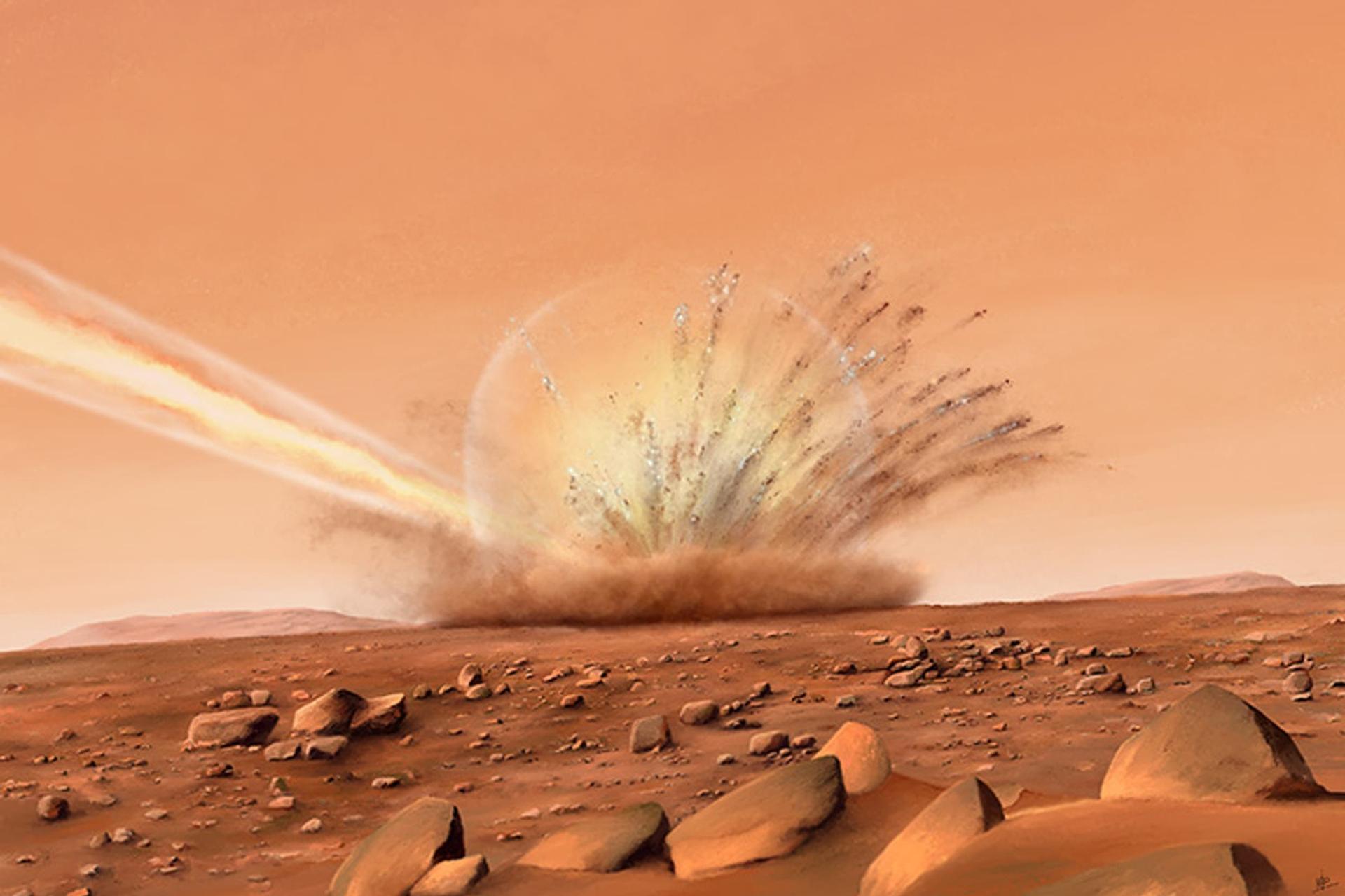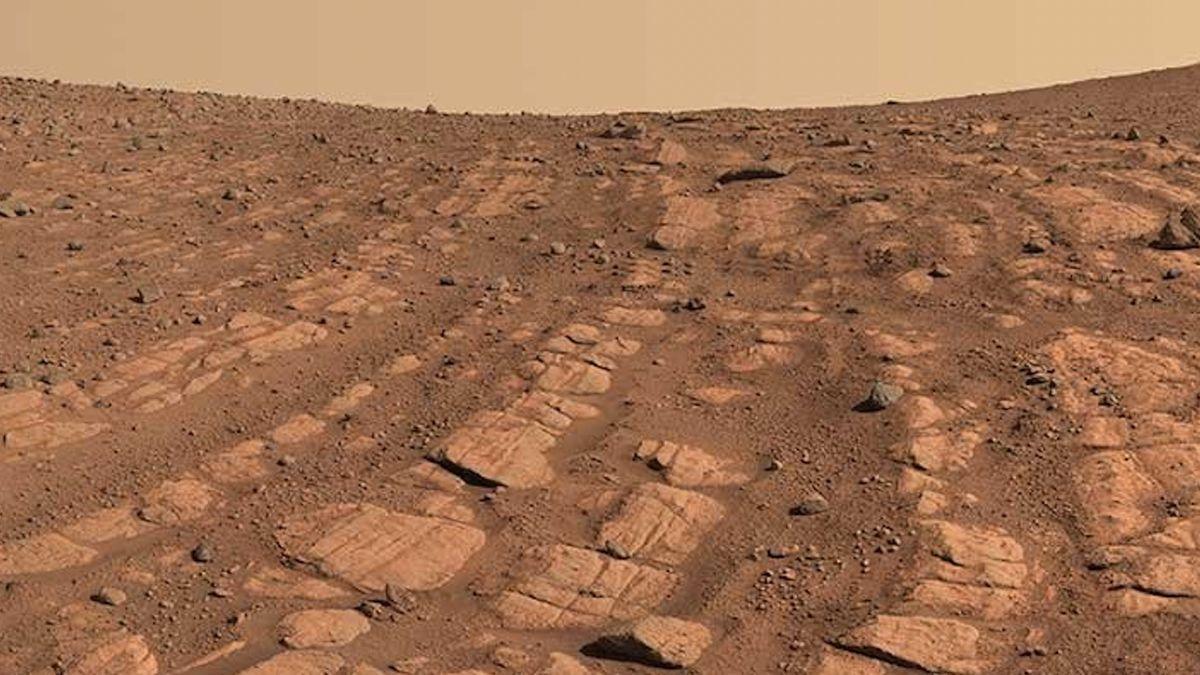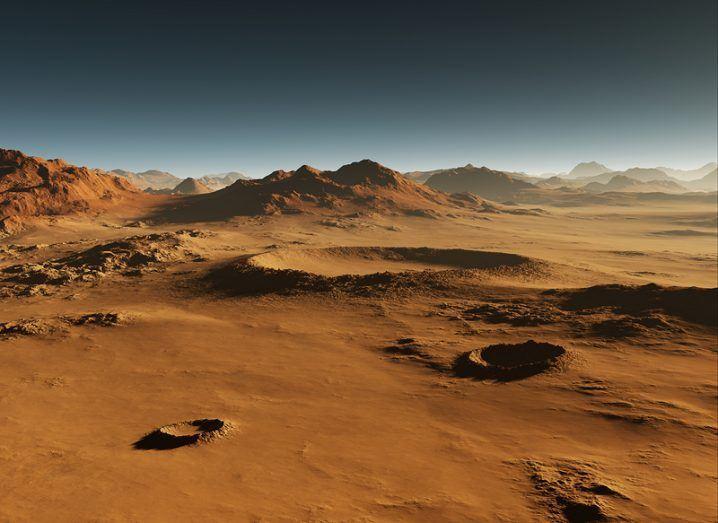Perseverance, NASA’s Mars rover, has found intriguing evidence on the Red Planet. The discovery centers around a rock fragment shaped like an arrowhead.
This rock contains chemical signatures that could indicate ancient microbial life. The finding has generated excitement among scientists, though they emphasize the need for further analysis.
What specific chemical signatures did Perseverance detect?
Organic Compounds Detected in Martian Rock Sample

The rover’s instruments identified organic compounds in the boulder. These compounds are considered precursors to life as we know it. Organic molecules contain carbon and hydrogen, and can include oxygen, nitrogen, and other elements.
Their presence doesn’t guarantee life but suggests conditions that could support it.
Did you know? The first organic molecule detected on Mars was chloromethane, found by the Curiosity rover in 2012.
Water-Related Mineral Deposits Found in Rock

Calcium sulfate veins run through the rock specimen. These mineral deposits suggest water once flowed through the rock.
The presence of these veins supports theories about Mars’ wetter past. How long ago might water have flowed on Mars?
Microbial-Like Structures Observed in Rock Sample

Scientists noted dozens of millimeter-sized spots with black rings. These structures contain iron and phosphate. Similar formations on Earth are often associated with microbial activity.
However, scientists caution that this similarity doesn’t conclusively prove Martian life.
Did you know? The oldest evidence of life on Earth dates back to approximately 3.5 billion years ago.
Ancient River Valley: Site of Significant Discovery

The rock, named Cheyava Falls, was found in Neretva Vallis. This ancient river valley spans 400 meters (1,300 feet).
Scientists believe water once flowed here into Jezero Crater. The location adds context to the potential for past life on Mars. What other evidence of ancient water flows has been found on Mars?
Sample Collection: A Crucial Step Forward

Perseverance collected a sample from Cheyava Falls on July 21. This sample could provide invaluable data for further analysis.
The rover has collected multiple samples during its mission. NASA plans to return these samples to Earth in the future. Did you know? Perseverance can collect up to 43 sample tubes during its mission.
Potential Scenarios for Rock Formation Explored

Scientists propose multiple scenarios for the rock’s formation. One possibility involves organic-rich mud deposited in the valley. Later water seepage may have created the observed features.
These scenarios help scientists understand Mars’ geological history. What other geological processes could explain the rock’s features?
Non-Biological Explanations Still Under Consideration

Researchers emphasize that non-biological explanations remain possible. Volcanic activity could have introduced calcium sulfate into the rock.
The team continues to explore various hypotheses. This cautious approach reflects the scientific method’s rigor.
Did you know? Mars has the largest known volcano in the solar system, Olympus Mons, standing at 21.9 km (13.6 miles) high.
Extensive Analysis Conducted by Perseverance Rover

The rover has thoroughly examined the rock sample. It used lasers, X-rays, and imaging from multiple angles. This comprehensive analysis maximizes data collection.
However, Earth-based labs could provide more detailed results. What additional tests could Earth-based labs perform?
Future Sample Return Mission in Planning

NASA aims to return Martian samples to Earth. This complex mission would allow for more detailed analysis. It could provide definitive answers about potential Martian life.
The sample return mission is currently planned for the early 2030s. Did you know? The Mars Sample Return mission is a joint effort between NASA and the European Space Agency.

